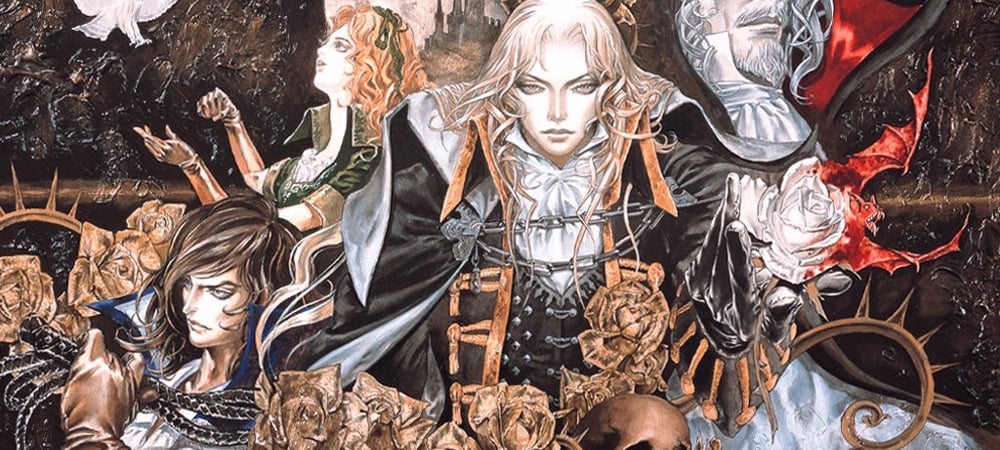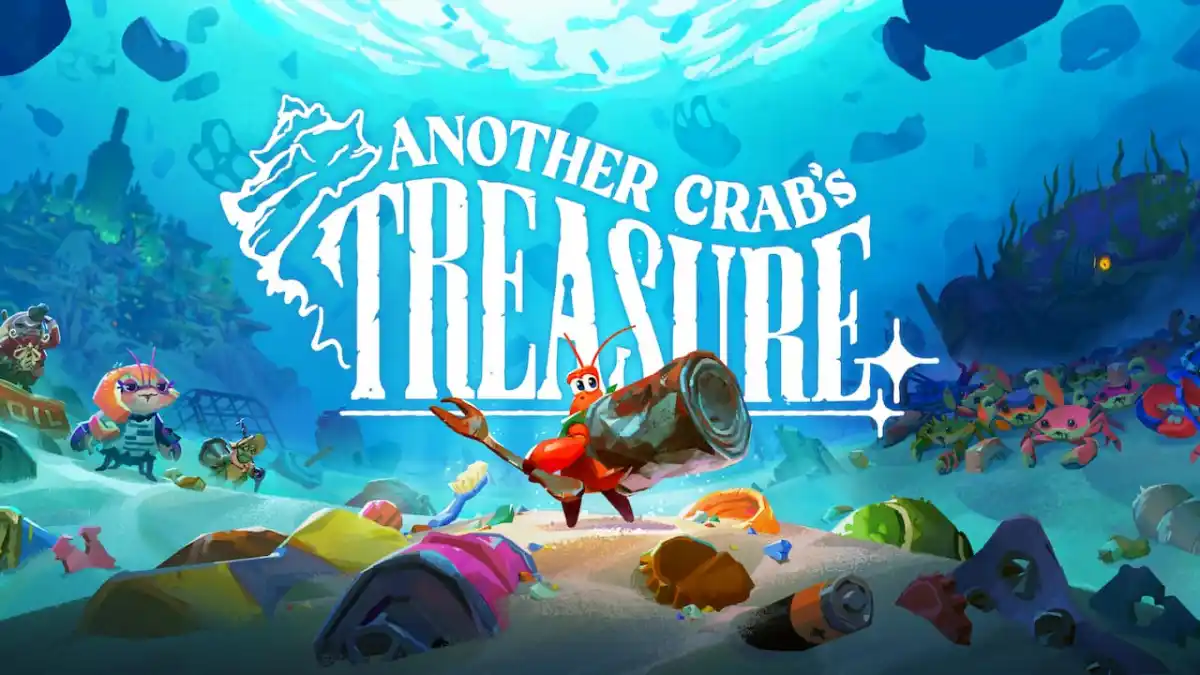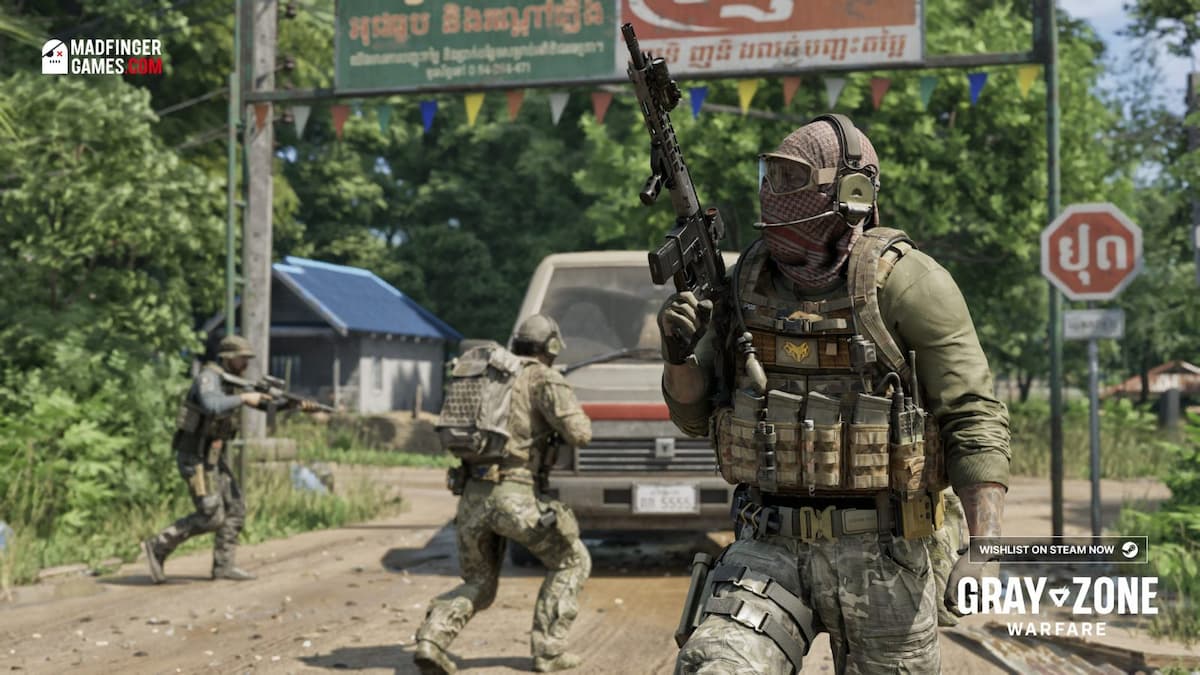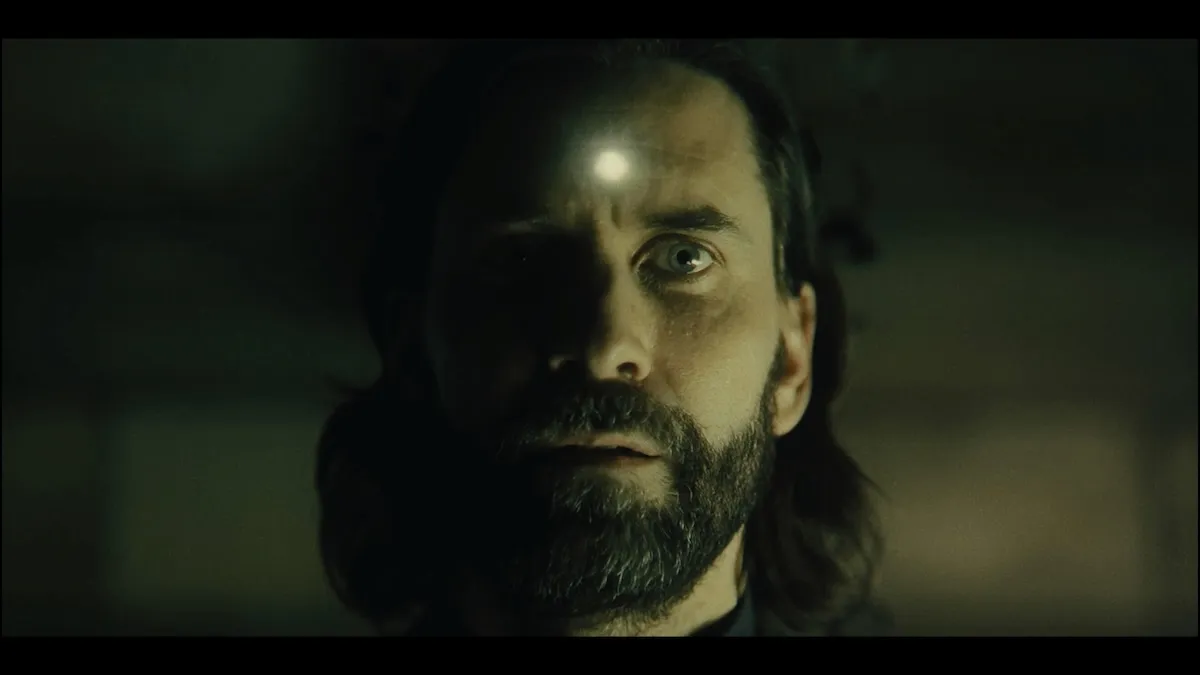Originally inspired by Legend of Zelda, not Metroid
Symphony of the Night assistant director and subsequent series producer Koji Igarashi just left Konami to become an independent developer. When Igarashi and the rest of his team began working on Symphony of the Night, they had a similar mentality. “[W]e figured we could do whatever we wanted so long as we treated it as a separate series.”
“With action games, especially if it’s a franchise, the more you cater to requests and the feedback of the experienced players, the difficulty is set higher,” Igarashi explained. “As a result, even if they’re players that enjoy action games, it gets increasingly challenging to attract new users.”
The team wanted to improve on the controls, which meant eliminating medium staple cheap fall deaths. “I thought it was okay to penalize the player when they fell,” he explained, but, “We hated, hate, hated falling to your death.” They wanted to focus to be on bosses, enemies, and action rather than staged pitfalls.

Aside from eliminating frustration and changing controls, the team wanted to extend the life of the game. “In Japan, there were tons of action games sold at used games shops the same day the games came out,” Igarashi explained. “With stage-based action games…there were a lot of games you could clear in about two hours.” Just upping the difficulty didn’t make it fun. They considered a few other options, like not allowing players to play on easy mode in the second half, but ultimately sought other ways to extend the length without making it more frustrating.
“One of the games that popped up in our heads was The Legend of Zelda,” which they were all “huge fans of.” When they took Zelda‘s approach to exploration to a 2D plane, it ended up like Metroid.
“We used ‘collect’ and ‘complete’ as our key words,” Igarashi said. “With maps, it was marking where you’d been and seeing the map completion rate.” With with the monster gallery, “our goal was to trigger the feeling of wanting to complete the collection.”

Then came a host of other changes, starting with the art style and narrative. The team wanted a bigger main character, but that caused issues with the whip extending to the end of the screen. “We weren’t the franchise owners,” Igarashi emphasized. “Does the main character even need to carry a whip? Does it even have to be a human character? We looked back at the older titles and, what do you know, we had non human players and it possessed transformation abilities. That’s how we landed on the main character. And while we were at it we ended up making the enemies into whip crackers.”
“What about the timeline and the history? Do I have to worry about that? I said, ‘Oh well, let’s not worry about that too much.'” Blowing out the existing canon led to the new story. “All men have a mother complex,” Igarashi jokes, explaining Symphony of the Night‘s story.
By that same logic came the new, Gothic, rosey art style. “Going back to the point of us not being the franchise owners again, we said to ourselves, ‘let’s go head and change the art style, too.'” They went to a local bookstore, picked up all the reference books they could find, and contacted a publisher to get in contact with an artist who had a style they liked.

The PS1 influenced the art style as well, including flirting with the idea of doing a polygonal game. “Of course we were thinking about going in that direction, too,” Igarashi said, but, “we were far from calling ourselves experienced with 3D technology.” Combined with the scope needed to do an exploration game (and all the new assets it would require), Symphony of the Night stayed 2D. “And we also had two genius 2D designers, so we didn’t really have any other choice.”
Reusing certain aspects from console development at a different pixel width also gave the castle stairs a slightly stretched out look which Iragashi loved as he felt small, steep staircases didn’t feel at home in the castle environment.

Metroidvanias seem to be back in vogue. A good chunk of emails I get are for small Metroidvania projects. Iragashi learned of the term two years ago when it began cropping up on his Facebook page. He was honored to have the series he’s become known for portmanteau’d with Metroid. When they started, before that genre name crystalized, the team called it, “2D exploration action game.” Lacks a little finesse.
Igarashi hasn’t been away from Konami long, so right now there are no concrete plans for him to make a new game, but he is going to. We’ll see how soon. “We’re seeing less of these types of games [Metroidvania] and many fans are waiting for next one. Now that I’ve gone indie, I’m able to create things as I wish,” he said. As opposed to what, “the company wishes.”




